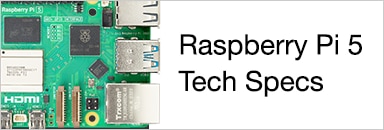Trying to get your hands on the ever so elusive Raspberry Pi may be a frustrating experience for some. However, the lucky ones who have accomplished that task have been eagerly creating their own gizmos and showing the rest of the world what can be done with the little device. Nathan Morgan took his Raspberry Pi and rigged up a portable, miniature computer. In addition, he decided to make the whole project open source and has readily made available a list of all the parts needed along with STL files to have your own case 3D printed.
Beginning with the 3D printed case, Nathan created the design himself using Google sketchup. The case is separated into five different parts which all snap together except for the back which is connected with four screws. Furthermore, the back also has a Raspberry Pi logo which becomes illuminated when the device is powered up. The illumination was made possible by hacking a back lit keyboard and using the acrylic strip and LEDs within.
Within the custom case is where all the goods are housed. The heart of the system is run using a Raspberry Pi model B(revision 1), equipped with a 4G SD card with Raspbian Linux stored on it. However, Nathan was not happy with the lack of storage space, so he decided to add a 64GB Sata II solid state hard drive made by Samsung. Now to add WiFi and Bluetooth he simply added USB dongles connected directly to a built in USB hub.
Inside the beast (via Parts-people)
The last parts needed for his Pi to Go included a 2.4Ghz USB keyboard and mouse combo, a 3.5” LCD screen used for a car camera system, and a battery solution to power the device. The battery he used within the final product, was actually a laptop battery. The best part of the whole setup in my opinion. A clever way to re-cycle old cells is always welcome. He removed standard battery case for better fitting and was able to charge the system using an after market laptop battery charger.
Nathan Morgan is no newbie when it comes to handling and assembling computers. He has over 10 years of experience repairing and building laptops and is founder and CEO of Parts-People.com, inc. For more information on his build and for complete details check out the web page at http://blog.parts-people.com.
The parts list break down costs around $391, a bit expensive to take the Raspberry Pi on the go. To the select few, the guide will be invaluable.
Cabe










